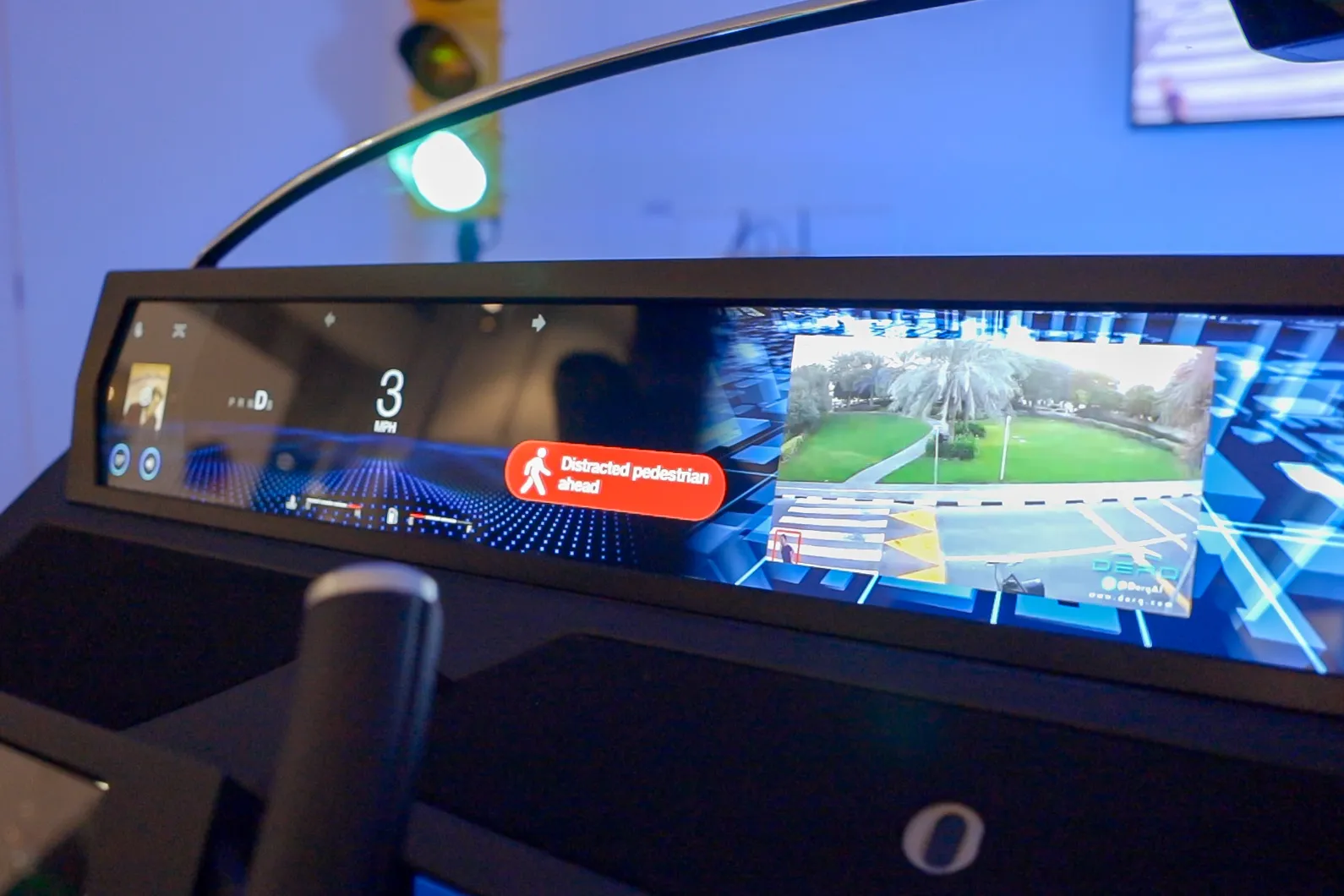
SmartCycle is an award-winning and patented bicycle detection system that was first released in 2012. A newly released generation enhances the accuracy and capabilities of the system to detect and differentiate bicycles in unique situations such as bike boxes, lane splitting and other realworld and innovative configurations that are becoming more popular worldwide. In addition to a more accurate and flexible detection algorithm, the system also provides enhancements in handling multiple approaching bicycles and improved bike counting accuracy.
A defining feature of SmartCycle is its ability to differentiate bicycles from vehicles. This process provides a special output that is sent to the traffic controller to extend the green time, allowing the bicyclist to safely cross the intersection before the light changes.
“Making intersections safer for bicyclists is one way agencies can utilise technology to meet their safety goal initiatives such as Vision Zero, Toward Zero Deaths, and the USDOT Mayor’s Challenge,” says Adam J Lyons, Director of Marketing, Roadway Sensors, Iteris.
Iteris will also be highlighting the dilemma zone safety applications of Vantage Vector, the firm’s hybrid radar and video sensor. The dilemma zone is that moment of time when a vehicle is rapidly approaching an intersection but the driver is not sure if he should stop or go because the traffic signal is yellow.
Vantage Vector regulates this through radar technology for advanced high-speed approaches. A special output is sent to the traffic controller calculating the speed of the approaching vehicles, ensuring that the green signal is extended, thus minimising the dilemma zone for that vehicle. An additional feature for controllers with the capability of extending an all-red for the intersection can be programmed ensuring that cross-traffic will not enter the intersection before a high-speed vehicle has safely passed.









